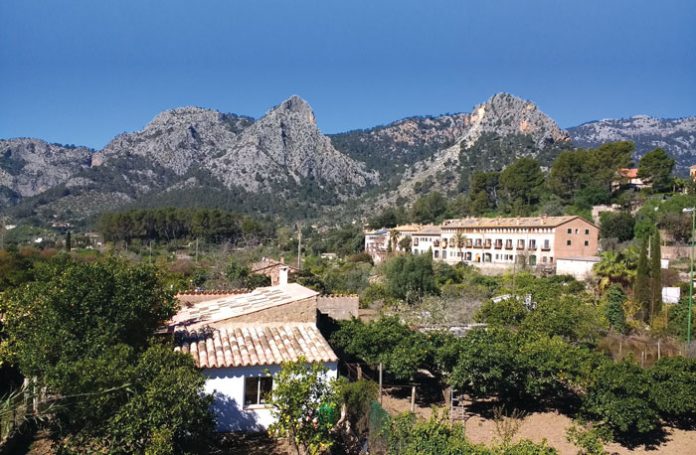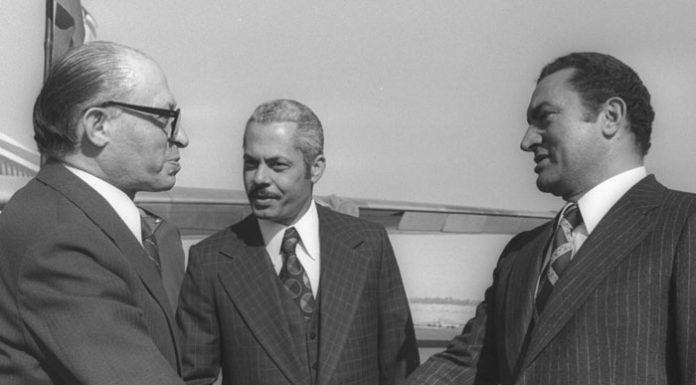I listened for them, but there are no longer any footsteps echoing off the stones as the men return from shul or the little children run home for lunch after cheder. All I could hear was the thrumming of some passing motorbikes. The savory aroma of cumin-infused adafina no longer fills the courtyards of the Jewish Quarter either. Nowadays, there are only a few sandwich shops along the street. This does not really come as a surprise, of course, considering that Jews haven’t lived here for almost 600 years.
Palma de Mallorca is the largest city on the Spanish island of Mallorca (pronounced my-OR-ca), one of the Balearic Islands, which are located about 120 miles off the Mediterranean coast. It is a picturesque island, with rustic stone villages, rocky mountains, isolated coves, fruit farms and an important tourist industry. One thing that Mallorca is missing is its Jewish population. While mainland Spain is no stranger to the persecution of its Jews over the centuries, culminating with the Inquisition in the 15th century, the small Jewish community of Mallorca also suffered greatly—and capriciously—under the mighty hand of various kings and the Catholic Church.
So when the opportunity arose to spend a long weekend in Palma, I grabbed some food and a guide book to read on the plane, and set off to discover what I could about the Jews of Mallorca, past and present. I soon discovered that there is a future as well.
The Past
The persecution of Mallorcan Jews, who had arrived during Roman times and flourished as traders between Spain, France and North Africa, began in 1312 when the Council of Vienne (in France) extended the reach of the Church in Europe and prepared to raise funds for further Crusades. Among other provisions, it prohibited any interaction or trade between Jews and Christians and encouraged the conversion of Jews. Books and property were confiscated and the main synagogue was destroyed.
Yet in 1318, after the Jews paid huge taxes and petitioned King Sancho of Mallorca, they were granted some rights and were promised that they could remain in the Jewish Quarter, known as the “call,” which is believed by many to be derived from the Hebrew word “kahal.” For their protection, walls and gates were built around their neighborhood. It was during this period that Jews became prominent physicians, and Rav Aharon Hakohen wrote his treatise Orchot Chaim, concerning the laws and minhagim of daily prayers, Shabbos and Yomim Tovim.
The next king granted the Jews full rights of citizenship, and the king after that, who came from Aragon in mainland Spain and united with Mallorca, allowed them to build a new synagogue. Life was generally peaceful for the Jews of Mallorca until 1391. After the death of the Spanish king in 1390, charismatic Catholic leaders overshadowed the newly crowned teenaged ruler and began delivering anti-Semitic speeches throughout the country, riling up the populace against the Jews. By mid-1391 there were major outbreaks of anti-Jewish violence in many Spanish cities. Thousands of Jews were murdered or forced to convert.





















